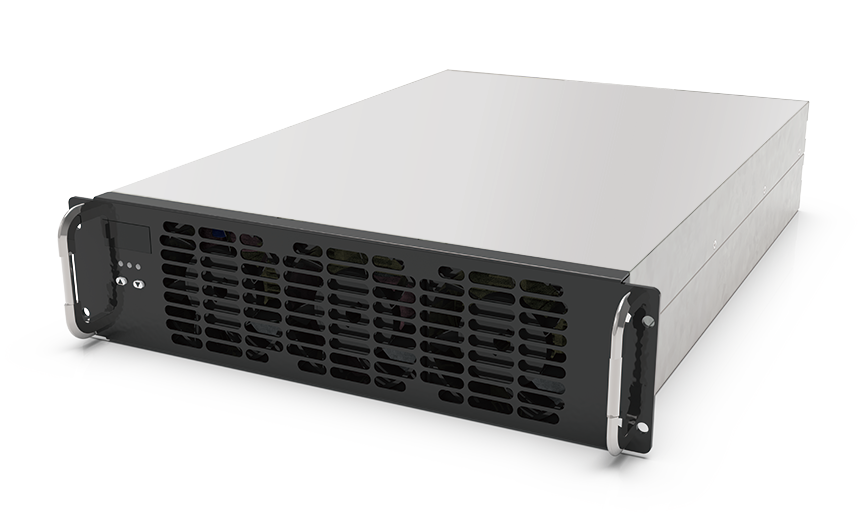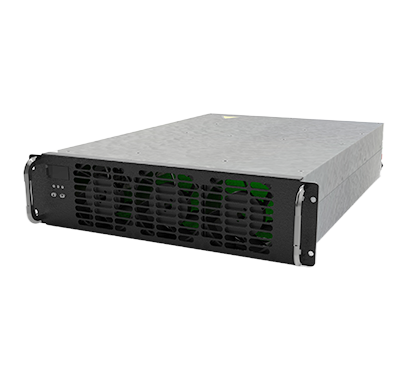
In recent years, the transportation sector has witnessed a staggering shift towards sustainable practices, with energy storage systems projected to grow at an annual rate of over 20% by 2025. This rapid evolution is largely driven by advancements in energy storage and charging components that are essential for electric vehicles (EVs) and other green transport solutions.
Understanding Energy Storage and Charging Components

The integration of energy storage and charging components plays a pivotal role in modern transportation systems. These components not only enhance vehicle performance but also significantly influence logistics efficiency. Their characteristics include high energy density, fast charging capabilities, and durability under various environmental conditions. Furthermore, these attributes contribute to effective risk management strategies within transportation networks by ensuring reliability during transit operations while minimizing potential disruptions caused by power shortages or equipment failures.
The Role of Energy Storage and Charging Components in Risk Management in Transportation
Diving deeper into the relationship between energy storage technologies and risk management reveals several critical aspects. Firstly, robust battery systems can mitigate risks associated with supply chain interruptions due to their ability to store excess energy generated from renewable sources. Secondly, advanced monitoring systems integrated within these components allow for real-time assessments of battery health—enabling proactive maintenance measures before issues escalate into significant operational setbacks. Lastly, strategic deployment of charging infrastructure reduces dependency on traditional fuel sources while enhancing overall system resilience against market fluctuations.
Key Features of UUGreenPower in Risk Management for Transportation
- Innovative Battery Technology: UUGreenPower employs cutting-edge lithium-ion technology that ensures longer life cycles and higher safety standards compared to conventional batteries.
- Real-Time Monitoring: The company’s smart grid solutions provide continuous data analytics on battery performance which aids timely interventions when necessary.
- Sustainable Practices: By utilizing renewable resources for both production and operation phases, UUGreenPower minimizes environmental impact while promoting sustainability across its supply chains.
- Crisis Response Strategies: The organization has developed comprehensive contingency plans that leverage stored energy during peak demand periods or emergencies—ensuring uninterrupted service delivery.
- User-Centric Solutions: Tailored services designed specifically for different sectors enable clients to optimize their operations based on unique requirements related to risk exposure levels.
Conclusion
The exploration of energy storage and charging components highlights their indispensable role within the framework of risk management in transportation. As we continue navigating through challenges posed by climate change alongside increasing urbanization demands, it becomes evident that investing in innovative technologies like those offered by companies such as UUGreenPower will be crucial for fostering resilient transport ecosystems capable of adapting swiftly amidst uncertainties.

